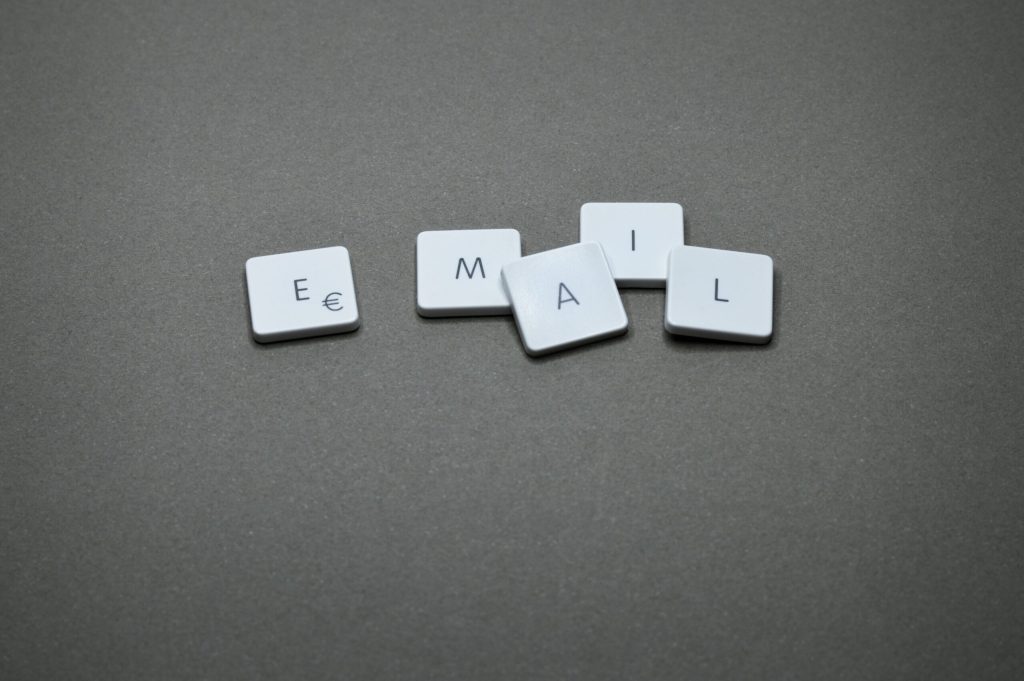Email marketing is a powerful tool to promote your brand, but are you using it effectively? One of the key elements of successful email campaigns is personalization, which can be achieved through the use of email variables. However, many marketers make common mistakes when using email variables, which can lead to low engagement and unsubscribes. In this article, we will explore what email variables are, their benefits, common mistakes to avoid, and how to use them effectively to improve your email campaigns.
What Are Email Variables?
Email variables are dynamic fields that allow you to insert personalized information into your email messages. They can be used to customize the content of your emails based on the recipient’s preferences, behavior, and demographics. Some common email variables include the recipient’s name, location, job title, interests, and previous purchase history.
Benefits of Using Email Variables
Using email variables in your campaigns can have several benefits, including:
Personalization
Personalization is one of the key benefits of using email variables. By inserting the recipient’s name or other personal information into the email, you can make the message more relevant and engaging. This can help increase open rates and click-through rates, as well as improve the overall user experience.
Relevance
Email variables can also help make your emails more relevant to the recipient’s interests and preferences. For example, you can use variables to promote products or services that are relevant to their previous purchase history or browsing behavior. This can help increase conversions and customer loyalty.
Engagement
Personalized and relevant emails are more likely to generate engagement from the recipient. By using email variables to tailor the content of your emails to their needs, you can increase the likelihood of them taking action, such as clicking on a link or making a purchase.
Conversion
Finally, using email variables can also help increase conversion rates and help for lead generation. By providing personalized and relevant content, you can create a more compelling offer that is more likely to lead to a sale or other conversion.
Common Email Variable Mistakes
While email variables can be a powerful tool for improving your email campaigns, they can also lead to common mistakes if not used correctly. Some of the most common email variable mistakes to avoid include:
Incorrect Data
One of the biggest mistakes is using incorrect data in your email variables. For example, if you insert the wrong name or other personal information into the email, it can make the message appear impersonal or even offensive.
Missing or Incomplete Data
Another mistake is missing or incomplete data. If you don’t have all the necessary information about the recipient, such as their name or location, it can limit the effectiveness of the email variable.
Overuse of Variables
Using too many email variables in your emails can also be a mistake. While personalization is important, overusing variables can make the message appear cluttered or confusing.
Inappropriate Variables
Using inappropriate variables can also be a mistake. For example, using personal information that is too sensitive or irrelevant to the recipient can be off-putting and damage your brand image.
Inconsistent Variables
Finally, using inconsistent variables in your email campaigns can be a mistake. If the recipient sees different personal information in different emails from your brand, it can lead to confusion and mistrust.
How to Avoid Email Variable Mistakes
To avoid these common mistakes and use email variables effectively in your campaigns, you can follow these best practices:
Data Collection and Verification
Make sure to collect and verify accurate data about your audience, including their name, location, and other relevant information. This can be done through various methods, such as sign-up forms, surveys, or customer service interactions.
Segmenting Your Audience
Segment your audience based on their preferences, behavior, and demographics to create targeted email campaigns. By segmenting your audience, you can ensure that your email variables are relevant and personalized to each group.
Test Your Emails
Before sending your emails to your entire audience, test them first to ensure that the email variables are working correctly and displaying the correct information. This can help prevent mistakes and avoid any negative impact on your brand image.
Use a Personalized Approach
When using email variables, it’s important to approach it from a personalized perspective. Avoid using the same generic message for every recipient and instead use email variables to tailor the message to their specific needs.
Keep it Simple
Don’t overcomplicate your email variables by using too many variables or trying to insert too much personal information. Keep it simple and use only the variables that are relevant and add value to the message.
Conclusion
Using email variables is a powerful tool for personalizing and improving your email campaigns. However, it’s important to avoid common mistakes, such as using incorrect data, overusing variables, and using inappropriate variables. By following best practices, such as data collection and verification, segmenting your audience, testing your emails, using a personalized approach, and keeping it simple, you can use email variables effectively to increase engagement, relevance, and conversion rates.
FAQs
What are email variables, and how do they work?
Email variables are dynamic fields that allow you to insert personalized information into your email messages. They work by pulling information from your customer database or from the recipient’s browser history.
What are some common email variables?
Some common email variables include the recipient’s name, location, job title, interests, and previous purchase history.
How can I avoid email variable mistakes?
To avoid email variable mistakes, you can follow best practices, such as data collection and verification, segmenting your audience, testing your emails, using a personalized approach, and keeping it simple.
How can email variables improve my email campaigns?
Email variables can improve your email campaigns by increasing personalization, relevance, engagement, and conversion rates.
Is it important to test my emails before sending them?
Yes, it’s important to test your emails before sending them to your entire audience to ensure that the email variables are working correctly and displaying the correct information.

